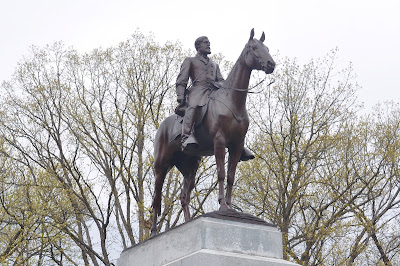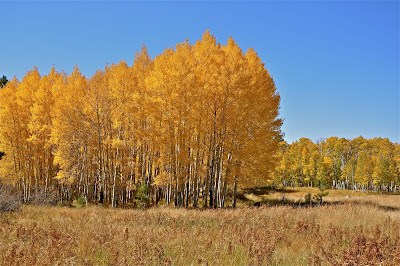Welcome to 2018 - we hope the new year is fabulous for you all. We want to restate once again that we have chosen to place all of our Arizona blog pictures into the Public Domain so that teachers and/or anyone can use our Arizona Public Domain pictures in their classrooms, work and/or leisure. Arizona Public Domain Pictures are sometime hard to find so we hope that all our blog pictures make the task for those searching for Arizona Public Domain pictures much easier. We only ask that anyone using our Arizona Public Domain Pictures use the following acknowledgement - Credit: Linda and Dr. Dick Buscher
Here are our first two pictures for 2018 - a short look back at the Christmas day 2017 sunset over Lookout Mountain in north Phoenix. Arizona always has beautiful sunsets but our winter sunsets, because of the many particulates in the air, are often even more spectacular. Enjoy!
P.S. Please email us and let us know how you have used our pictures. We would love to hear from you!
 |
| December 25, 2017 - Lookout Mountain, Phoenix, AZ |
 |
| December 25, 2017 |























































